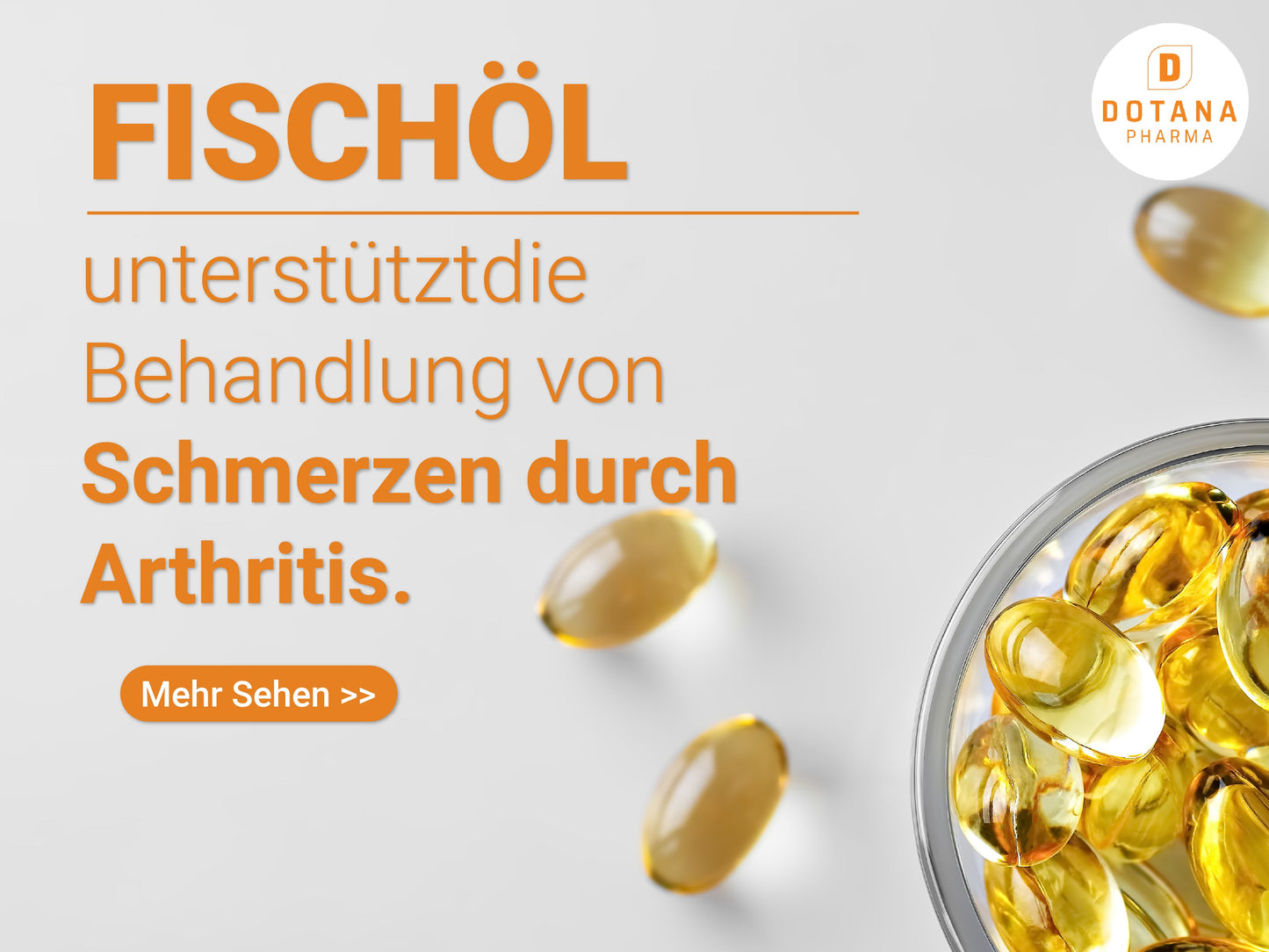
Many people suffer from chronic joint pain in their knees, hands, elbows, shoulders, and other areas of the body. Painkillers such as acetaminophen or nonsteroidal anti-inflammatory drugs (NSAIDs) are often the first choice for relieving joint pain. However, some joint-friendly supplements and vitamins can also relieve pain.
1. Turmeric helps with joint pain caused by arthritis
Turmeric is one of the best-known supplements for treating pain, including joint pain caused by osteoarthritis. Turmeric's pain-relieving effects are due to a chemical compound called curcumin. Curcumin also has anti-inflammatory properties.
Although research on turmeric for treating joint pain is still limited, analyses show that turmeric may relieve joint pain symptoms better than a placebo and may be similarly effective to ibuprofen. You can take turmeric at a dosage of 500 mg two to four times daily to relieve osteoarthritis-related pain.
2. Fish oil supports the treatment of osteoarthritis pain
Fish oil contains omega-3 fatty acids, docosahexaenoic acid (DHA) and eicosapentaenoic acid (EPA), which have anti-inflammatory effects. A clinical study in which these fatty acids were administered to osteoarthritis patients showed that they can relieve the symptoms of rheumatoid arthritis, such as joint pain. However, these fatty acids do not appear to improve general osteoarthritis symptoms. You can take fish oil containing these ingredients in a dosage of 300 to 1,000 mg per day to relieve osteoarthritis pain.
3. Glucosamine helps prevent cartilage degradation
Glucosamine is known as a natural component of cartilage, a substance that prevents bones from rubbing against each other and causing pain and inflammation. Glucosamine may also help prevent the breakdown of cartilage that can occur in arthritis. There are two types of glucosamine in supplements: glucosamine hydrochloride and glucosamine sulfate. A meta-analysis of glucosamine supplements in people with osteoarthritis found that products containing glucosamine hydrochloride had little effect on relieving osteoarthritis pain. However, another study showed that glucosamine sulfate can improve these symptoms. Therefore, glucosamine hydrochloride may be a better choice for helping relieve osteoarthritis symptoms.
In addition, studies show that glucosamine sulfate can also help slow the progression of osteoarthritis when taken long-term. These studies also show that glucosamine can help slow joint space narrowing (a sign of worsening of the condition) when taken for up to three years. You can try taking glucosamine sulfate once daily at a dose of 1,500 mg. If you experience stomach upset, divide the dose into three 500 mg doses.

4. Chondroitin prevents cartilage degradation
Similar to glucosamine, chondroitin is considered a building block of cartilage and helps prevent cartilage degradation in osteoarthritis. Many clinical studies on this compound have shown that chondroitin can reduce pain and joint stiffness in people with osteoarthritis. Approximately 53% of people who took chondroitin supplements saw their knee pain improve by 20% or more. Chondroitin sulfate can also slow the progression of osteoarthritis with long-term use. Studies show that this substance slows the narrowing of the joint space when taken for up to two years.
Joint supplements often combine chondroitin and glucosamine, but there is still no clear evidence as to whether taking a combined supplement is better than taking either of them alone. You can take chondroitin at a dosage of 400 to 800 mg two to three times daily.
5. S-Adenosyl-L-Methionine (SAMe)
S-adenosyl-L-methionine (SAMe) is used as a dietary supplement to support the treatment of symptoms of depression and osteoarthritis. The body's liver can naturally produce SAMe from the amino acid methionine. SAMe also has various functions, including the production and repair of cartilage.
When taken as a dietary supplement, SAMe can help relieve joint pain associated with osteoarthritis. SAMe may have a similar effect to the anti-inflammatory drug celecoxib (Celebrex). A 2004 study reported that celecoxib improved symptoms more than SAMe after one month of treatment. You can take SAMe at a dosage of 200 to 400 mg three times daily. Keep in mind that it may take some time for the effects to occur.
6. Boswellia relieves arthritis pain
Boswellia, also known as Indian frankincense, is often used to relieve arthritis pain. The chemicals in this extract, called boswellic acid, have anti-inflammatory properties. Clinical studies have shown that the extract derived from boswellia improves pain symptoms in people with osteoarthritis more than a placebo.
Studies investigating the use of boswellic acid for the treatment of joint pain used doses ranging from 100 mg once daily to 333 mg three times daily to help improve the condition of osteoarthritis.
7. Non-saponifiable avocado-soy mixtures
Avocado-soy unsaponifiables (ASU), derived from avocado and soybean oil, can help prevent cartilage degradation. These substances can also aid in cartilage repair. Clinical studies show that avocado-soy unsaponifiables (ASU) improve pain symptoms in people with osteoarthritis more than a placebo. The typical dosage for ASU is 300 mg per day.
8. Vitamin D is good for the joints
If you're wondering "which vitamin helps with joint pain," vitamin D is very good for your joints. Vitamin D helps strengthen bones and prevent injuries from falls. Studies on the effects of vitamin D show that people with low vitamin D levels may experience more severe joint pain.
9. Calcium helps to form bone tissue and maintain a healthy bone system
Calcium plays an important role in the development of the skeleton and is also an essential component of bone structure for a healthy bone system. Calcium is stored primarily in bones and teeth. If the body does not receive enough calcium, calcium is removed from the bones. This process leads to
